Maximizing Construction Productivity: A Strategic Blueprint for Success
- matthewegan6
- May 16, 2024
- 2 min read
Updated: May 17, 2024

In the realm of construction, the pursuit of productivity often takes a backseat to the quest for cost reduction, leading to budget overruns and delays. Unlike industries like automotive and aerospace, where lean production methods have revolutionized efficiency, the construction sector has been slower to adopt such strategies. However, with the emergence of modern methods of construction (MMC), including offsite and prefab techniques, there lies a significant opportunity to enhance productivity and streamline processes.
The construction industry faces numerous challenges that hinder productivity. According to a report by McKinsey, construction labor productivity has only increased by 1% annually over the past two decades, lagging behind other sectors. Moreover, the Construction Industry Institute (CII) estimates that only 25% of a construction worker's time is spent on value-adding activities, with the rest lost to inefficiencies and rework.
Amidst these challenges, MMC presents a promising avenue for improving productivity in construction. Research by the National Institute of Building Sciences (NIBS) suggests that MMC techniques can reduce construction time by 30% and costs by 20% compared to traditional methods. Furthermore, the Construction Innovation Hub estimates that offsite construction can increase productivity by up to 60%.
One of the primary challenges in the MMC landscape is the lack of consensus on terminology and classification. Terms like offsite, prefab, and industrialized construction are often used interchangeably, adding to the confusion. However, amidst the semantic noise, the underlying goal remains constant: enhancing productivity.
When embarking on a construction project, whether it's a single development or a series of units, aligning the project with organizational values and objectives is the crucial first step. This involves a careful examination of what truly matters to the organization—whether it's prioritizing net-zero carbon construction, expediting project timelines, or integrating unique organizational capabilities into the build process.
For instance, a company with a sister manufacturing company specializing in windows may opt to prioritize a construction method that allows for quicker installation of these windows, thereby reducing overall project timelines. Similarly, an organization committed to social responsibility may seek MMC solutions that facilitate the rapid construction of affordable housing for marginalized communities.
In the UK, the landscape of MMC solutions is vast and varied, offering a plethora of options to choose from. However, navigating this landscape requires more than just selecting the latest innovation; it demands a strategic approach grounded in a deep understanding of organizational needs and project requirements.
Research by the Royal Institute of Chartered Surveyors (RICS) indicates that companies that strategically select MMC solutions tailored to their needs can achieve productivity gains of up to 40%. Therefore, rather than blindly exploring the market for MMC solutions, organizations should first define their specific needs and demands.
By taking a proactive approach to matching the right product and process to their specific needs, organizations can avoid the pitfalls of uninformed decision-making and ensure that their chosen MMC solution delivers tangible improvements in productivity and efficiency.
In conclusion, increasing productivity in construction requires more than just adopting the latest trend; it demands a strategic approach rooted in organizational values and project objectives. By aligning construction methods with these guiding principles, organizations can unlock the true potential of MMC and pave the way for a more efficient and sustainable future in construction.
